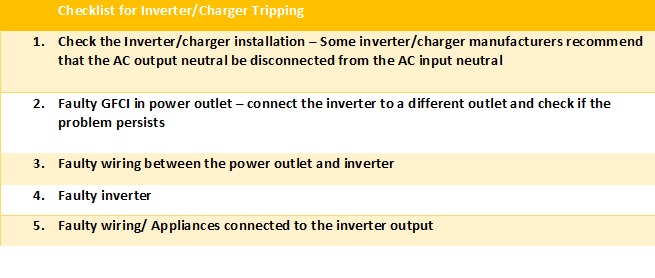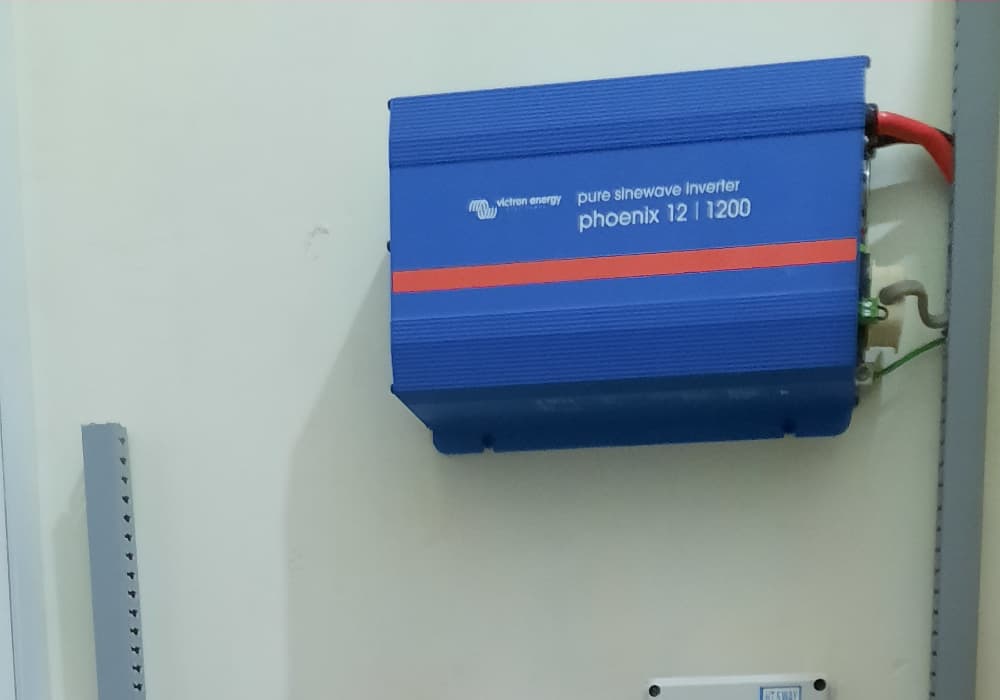Dealing with a tripping inverter/charger can be quite a headache. I’ve been there myself with my 6-year-old Sukam pure sinewave inverter/charger, which powers our essential home appliances during grid outages.
However, pinpointing the exact cause isn’t always easy. Through my experiences, I aim to guide you towards identifying and resolving the issue swiftly – that’s my goal with this piece.
Here, I’ve gathered common triggers for inverter breaker trips (usually a GFCI breaker), along with steps to detect the fault and solutions to ensure your inverter/charger functions reliably.
Safety Reminder: Always seek assistance from a certified electrician.
Let’s look into potential reasons for inverter-related trips and the checks you ought to perform.
Remember, not all points may be relevant to your situation, so adjust them as needed.
Why Might the Breaker Trip When Connected to the Inverter?
The GFCI breaker for the outlet where your inverter/charger is connected might trip due to:
- A malfunctioning power outlet,
- Wiring issues between the outlet and inverter circuit breaker,
- Faults in one or more appliances linked to the inverter/charger output,
- Or even faults in the inverter installation itself. Note: Immediate tripping often indicates a short circuit, while delayed tripping suggests other issues.
1. Faulty Power Outlet
To verify if the outlet is at fault, try plugging the inverter into another GFCI outlet. If the tripping ceases, you’ve likely found the culprit.
2. Wiring Issues Between Outlet and Breaker
With the inverter unplugged, reset the GFCI breaker. Does it trip again?
If it does, especially when disconnected (like in an RV), there might be wiring problems between the outlet and the inverter’s connection point.
3. Faulty Outlets or Appliances Connected to Inverter
Disconnect everything from the inverter’s AC output safely. If the breaker still trips, the issue lies within the inverter. If not, inspect each appliance and wiring for defects.
4. Inverter Installation Concerns
Is there a connection between the inverter AC output neutral and AC input neutral? This could sometimes lead to trips. Some manufacturers advise against connecting these neutrals due to potential “short-like conditions” when inverters ground their output neutral during inversion.
Remember, for such technical matters, consulting a qualified electrician is your best bet.
I have summarised for you below the possible causes that can guide your troubleshooting efforts

Recommended posts

